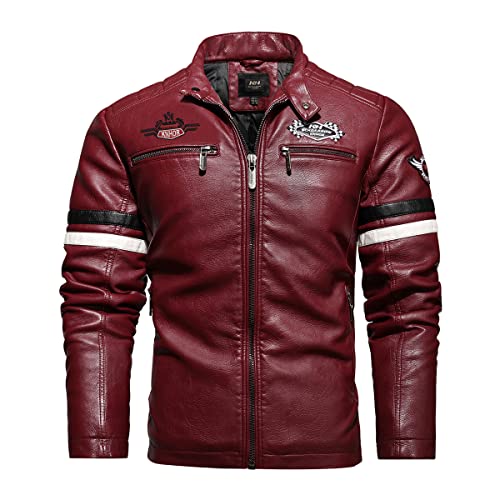v65
ouch
On motorcycles we use different terminology than cars, especially for the rear shock. Technically there is a spring and a shock absorber, but on a motorcycle they are all one unit (unlike the rear suspension on cars which tend to have leave springs and separate shocks). The shock and spring are designed to work in tandem to get the bike stable and the tire on the ground through a bump. With an absolute ideal setup when you hit a bump the tire would follow the terrain of the bump and you sitting on the seat would not move at all.So, exactly how do you determine if you need a new rear shock?
The spring absorbs the energy from the bump by compressing, but compressed springs don't dissipate the energy they store it, meaning that it will return back to it's normal length with some force. If the spring is too strong when you hit a bump the rear tire will jump off the ground, too soft and the suspension will bottom out. Crankshaft feels like his shock compresses to easily (he pushed the back of the bike down). That is actually a spring issue, and can be adjusted to some extent by adding preload. I would be really surprised to find out that the spring on crankshafts bike is so worn that he can't add enough preload at 4400 miles to compensate, especially for an 185 lb rider.
Springs are not capable of controlling the rate at which they compress or stretch, all they want to do is return to their rest length. A compressed spring will expand past its rest length, causing it to shrink again, but it will shrink past it's rest state, causing a kind of pogoing action. This is where the shock absorber (or damper) comes in. The shock absorber controls the rate at which the spring compresses or decompresses. If you go over a bump compressing the spring, on the other side of the bump the spring will stretch due to it's being compressed and because the tire has just found some more room to travel downwards. If the two combined are strong enough the spring could actually bounce the tire hard enough into the ground on the downside to lift it. Here is where you need the shock to control the action of the spring.
So, if the shock absorber is shot you will see a lot of oscillation in your suspension or harsh action from the spring. If the spring is shot the bike will wallow. The converse is not true however, often oscillation and wallowing can be tuned out using the adjustments on the shock. Ok, there is a lot more to talk about here, but there is some basics.
Does your bike handle OK? Does the tire stay on the ground over bumps? Under hard acceleration? What about accelerating out of a corner with the bike leaned over uneven terrain?
































































